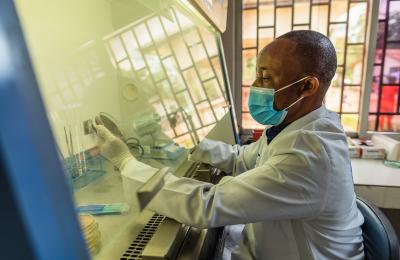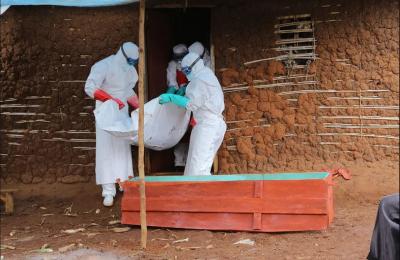Impact & Measurement
Meeting Global Health Security Targets
Global Health Security Program Results
In FY 2023, USAID GHS Program;
Supported 50 countries to strengthen capacities to prevent, detect & respond to emerging infectious disease threats
Trained over 40,000 professionals to prevent, detect & respond to zoonotic and antimicrobial resistance (AMR) threats
Supported 31 countries to develop and implement surveillance strategies to monitor zoonotic disease threats, including influenza, Ebola, and AMR
Provided training to over 3,300 students in One Health university networks in 113 universities across 17 countries
Distributed 22,780 units of personal protective equipment (PPE) to respond to outbreaks in 13 countries
Supported 20 countries to improve their infection prevention and control (IPC) and AMR stewardship practices
Targets & Measurement
USAID's GHS program contributes to the United States' commitment to assist at least 50 countries and use catalytic leadership to work with key donors and partners to support at least 50 additional countries to achieve "Demonstrated Capacity" (80% of achievement on the WHO International Health Regulations monitoring scale) or comparable level in at least five technical areas critical to the country by 2025 (as measure by relevant health security assessments such as the Joint External Evaluation (JEE). This commitment is consistent with the overarching target of the Global Health Security Agenda (GHSA) multilateral initiative and the G7's goal to achieve the same objective (demonstrated capacity in five technical areas in 100 countries). The GHSA works to build collaborations that accelerate and advocate for the achievement of these capacities.
Our programs in achieving these goals will be measured through internationally accepted metrics, especially benchmarks within the JEE IHR monitoring tool, including countries' ability to achieve the 7-1-7 outbreak detection and response goals for major outbreaks.




